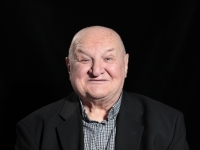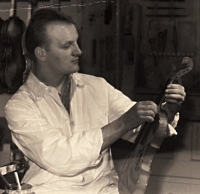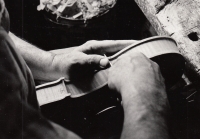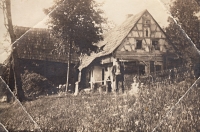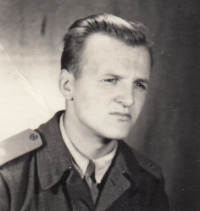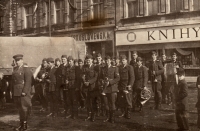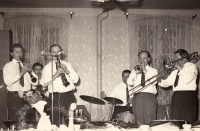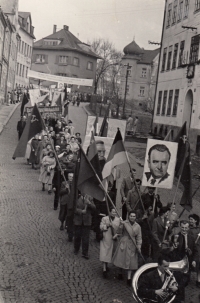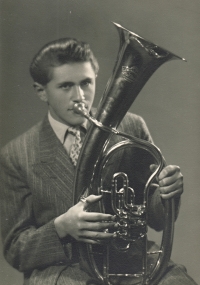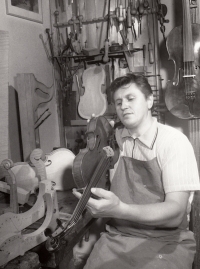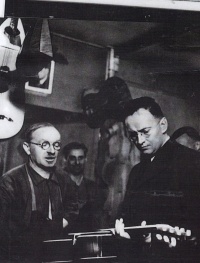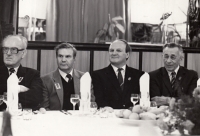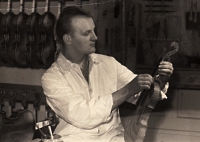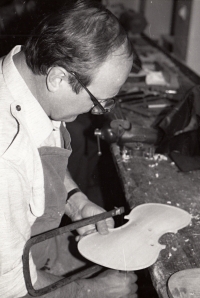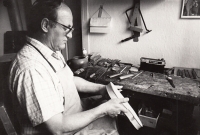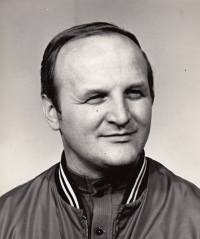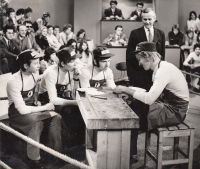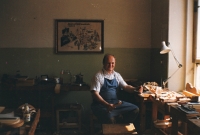Good people are everywhere
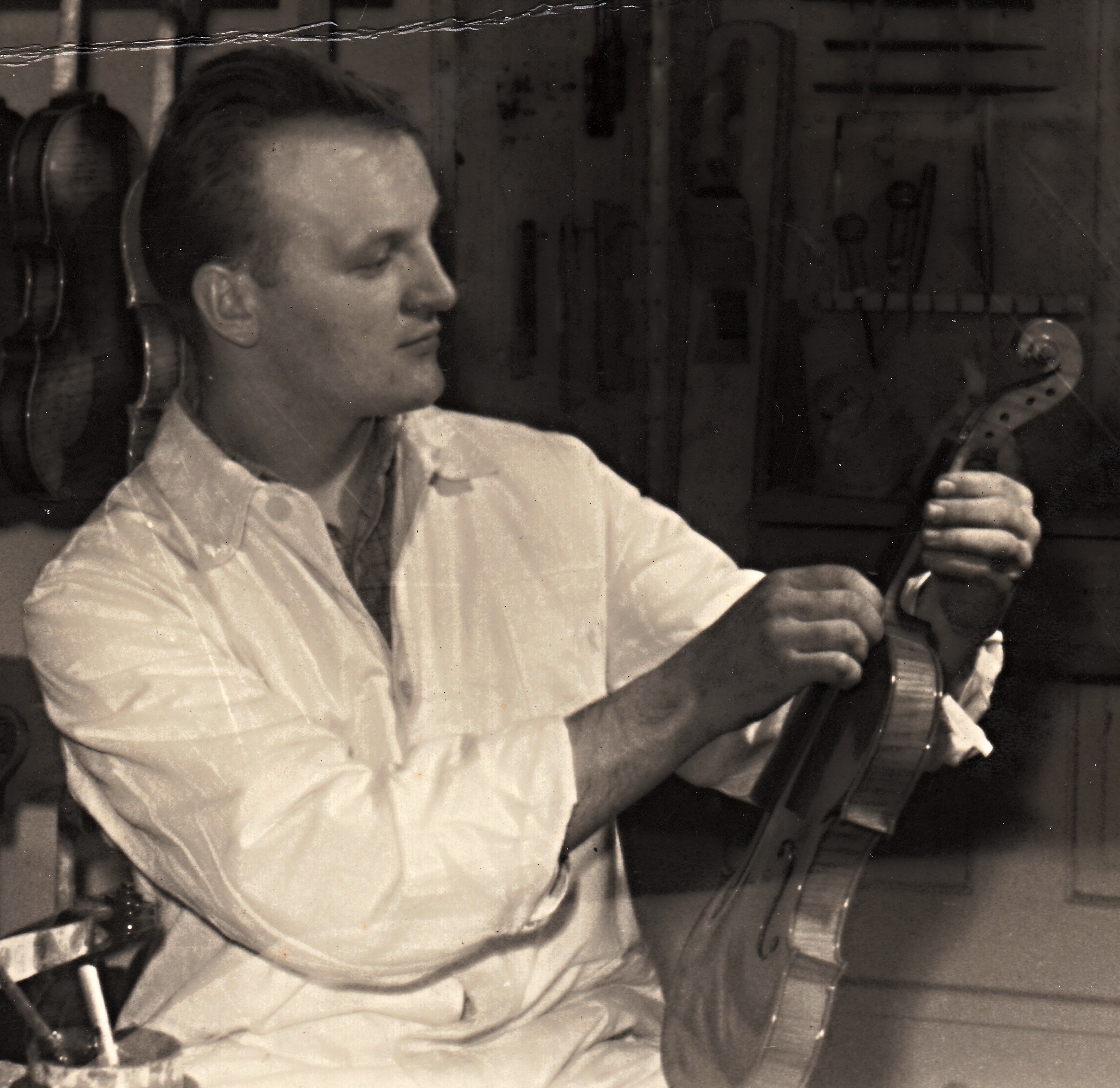
Download image
Emil Lupač was born on 4th October 1935 in Horní Myslová near Telč. He is one of seven siblings. His father, Antonín Lupač, had a small farm on the outskirts of the village, where he worked together with his wife Marie. Emil Lupač learned to play the heligonka at a pre-school age. After the war, his brothers and sisters scattered into the world, but there was no place for the youngest Emil. He tried his hand at the meat factory in Krahulčí or the confectionery in Telč. Eventually, fate took him to the distant Luby near Cheb. There, he trained as a violin maker and continued his master studies as the best pupil. He also played the heligonka, violin, clarinet and saxophone. With his band, he used to play Dixieland and Glenn Miller songs, as well as folk songs. Thanks to his musical talent, he spent his military service as a member of the Military Brass Band in Milovice. After returning from the military, he fell in love with Elfrieda Sandnerová, a Czech German, in Luby. Her family was returned from the train station during the deportation to teach the violin-making trade to the newly arrived settlers in Luby. They lived a loving life together and raised three daughters. After the Velvet Revolution, he set up his own violin-making workshop. He continues to willingly and happily pass on the master craftsmanship. His son-in-law Tomáš Skála and grandson Tomáš Skála Jr. successfully continue the violin-making tradition. In 2024, Emil Lupač lived in Luby.
